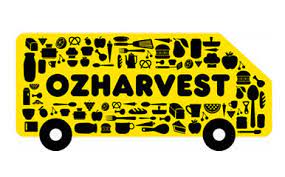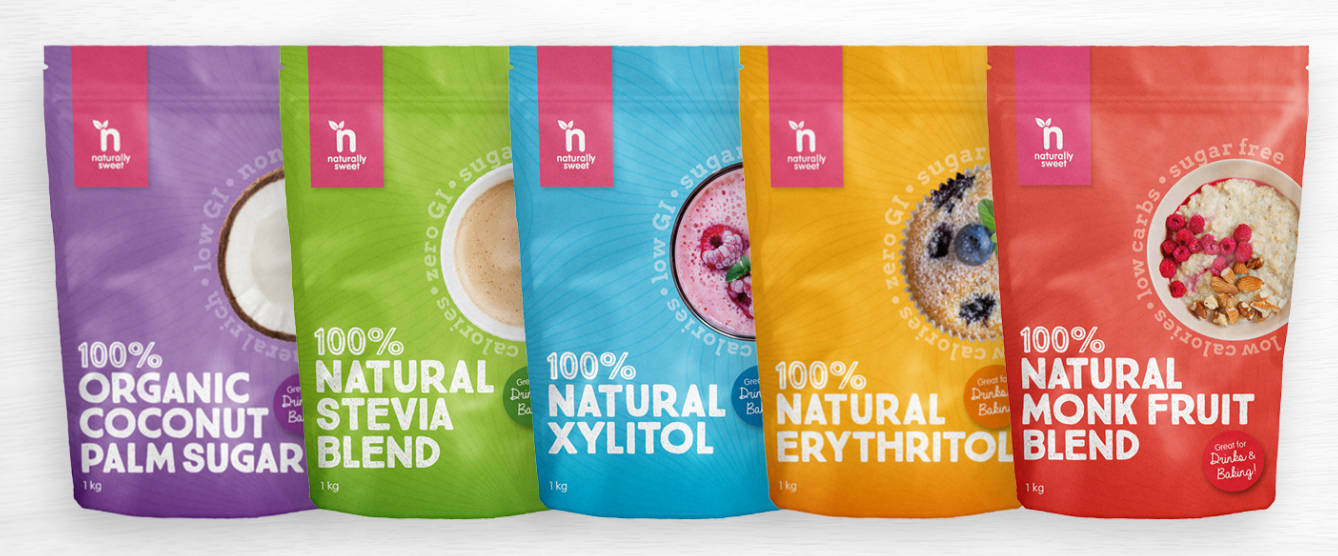Five Sugar Traps to Avoid
So you don’t take sugar in tea or coffee. You eat your breakfast cereal plain with just a little milk, and you don’t eat sweets or ice cream. You can’t be a sugar junkie and eat no sugar, can you? Well, actually you can. You see, food manufacturers have secretly doubled the amount of sugar in food over the last thirty years. And not only the foods that you would expect to be high in sugar: the consumer watchdog ‘Which?’ recently reported that some savoury foods on UK supermarket shelves contain more sugar than ice cream.
How much sugar should you eat?
The total recommended amount of sugar for a healthy adult is 90 grams per day. This includes all naturally occurring sugars, such as those found in milk lactose, and a maximum of 50 grams of added sugar.
Added sugar is sucrose, like table sugar, as well as the sugars that manufacturers add to their foods.
Now here’s a fact for you to ponder: 50 grams of added sugar is around 13 teaspoons of table sugar a day. That sounds a lot, but when you consider that two cans of coke contain those thirteen teaspoons it suddenly starts becoming a smaller amount.
Are you a sugar addict?
Research by Princeton University in 2008 showed that rats became anxious when sugar was removed from their diet, in the same way that smokers or morphine users exhibit stress symptoms when deprived of their ‘fix’. Further research by the University of Wisconsin showed that the effect of adding sugar to food is to make animals eat up to six times their normal amount. Now wonder food manufacturers have been adding more sugar to foods: it’s not just the sugar that makes us fat, but the chemical reaction in the brain that makes us want to eat more.
A study by the UK’s Medical Research Council and the University of Cambridge found that obese people have no idea of the amount of sugar they are consuming each and every day. Many believe they have cut out sugar altogether – no sugar in tea, no ice cream or sweets or crisps, no sugar on their breakfast – yet the urine tests conducted during the study showed some were unwittingly eating as much as 207 grams of sugar on a daily basis: nearly 52 teaspoons of added sugar a day!
Common foods with secret sugar
We all have favourite foods, and yet we don’t realise just how much sugar they contain. Here are a few examples:
• Tomato sauce contains 27 grams of sugar for every 100 grams of sauce. In other words, nearly a third of the tomato sauce you pour on your sausages is added sugar.
• Health food bars should be healthy, shouldn’t they? Think again: low fat health food bars contain as much as 3 teaspoons of added sugar in a 30 gram bar - a quarter of your daily recommended intake, in a couple of mouthfuls.
• Some mueslis contain 44% sugar. The ‘healthy’ breakfast cereal can contain more sugar than Coco Pops!
• Low fat yoghurts should be on everyone’s diet, right? Again, you’re wrong, because a tub can contain as much as six teaspoons of added sugar.
Measuring your secret sugar intake
So you should only be eating 12 teaspoons of added sugar per day, but how do you know what each foodstuff contains and how much you are consuming. Here’s an easy way to work out how much sugar you are consuming when eating your favourite foods:
On the food label you’ll find the ‘carbohydrates from sugars’ amount. If you divide that number of grams by four, then you’ll come to the amount of sugar by teaspoons.
For example, a standard size can of baked beans contains about 15 grams of carbohydrate sugars. That’s about 4 teaspoons of sugar.
Avoiding your sugar traps
Look at your favourite foods closely and work out how much sugar is contained in each. Cut down or cut out where possible. Here are five sugar traps to avoid:
• Tomato ketchup and salad sauces
• Low fat yoghurts
• Fruit juices (they contain the same amount of sugar as Coca-Cola)
• Canned vegetables and soup (which have sugars added to prolong their shelf life)
• Peanut butter (the sugar content varies with brand, but typically when you spread a slice of toast with peanut butter, you’re about to eat two teaspoons of sugar)
Processed and packaged foods are full of sugar, so the single best way to cut down and avoid those sugar traps is to cook from fresh at home, using natural sweeteners such a stevia and xylitol to enhance flavour. Your skin, waistline, and health will benefit for it.



